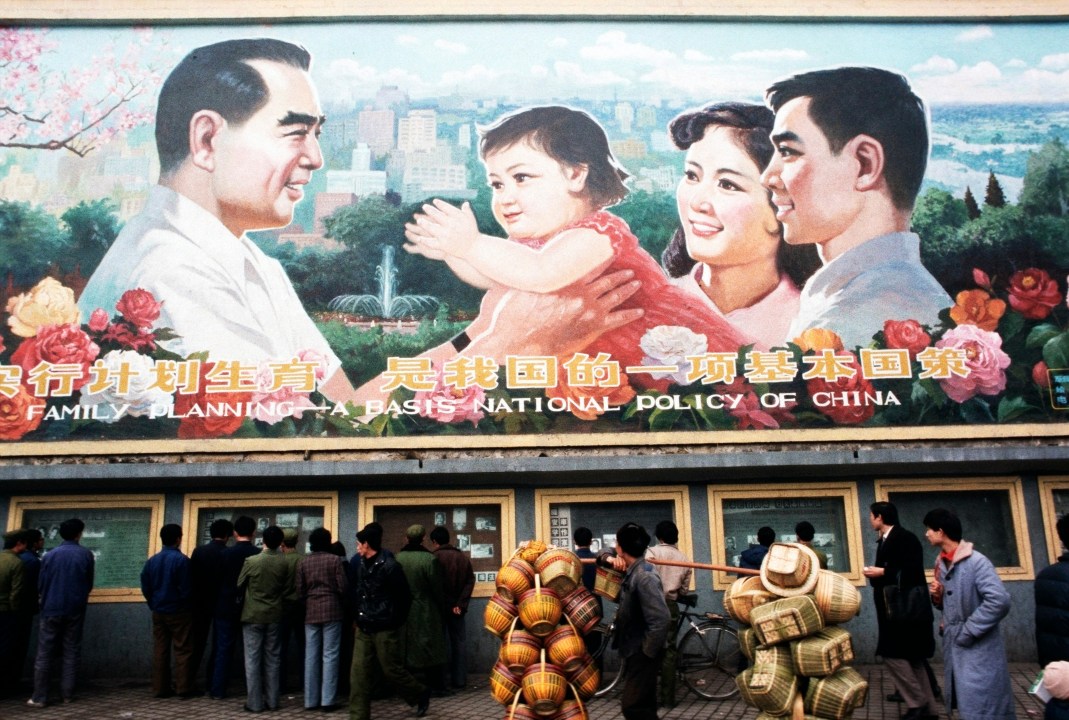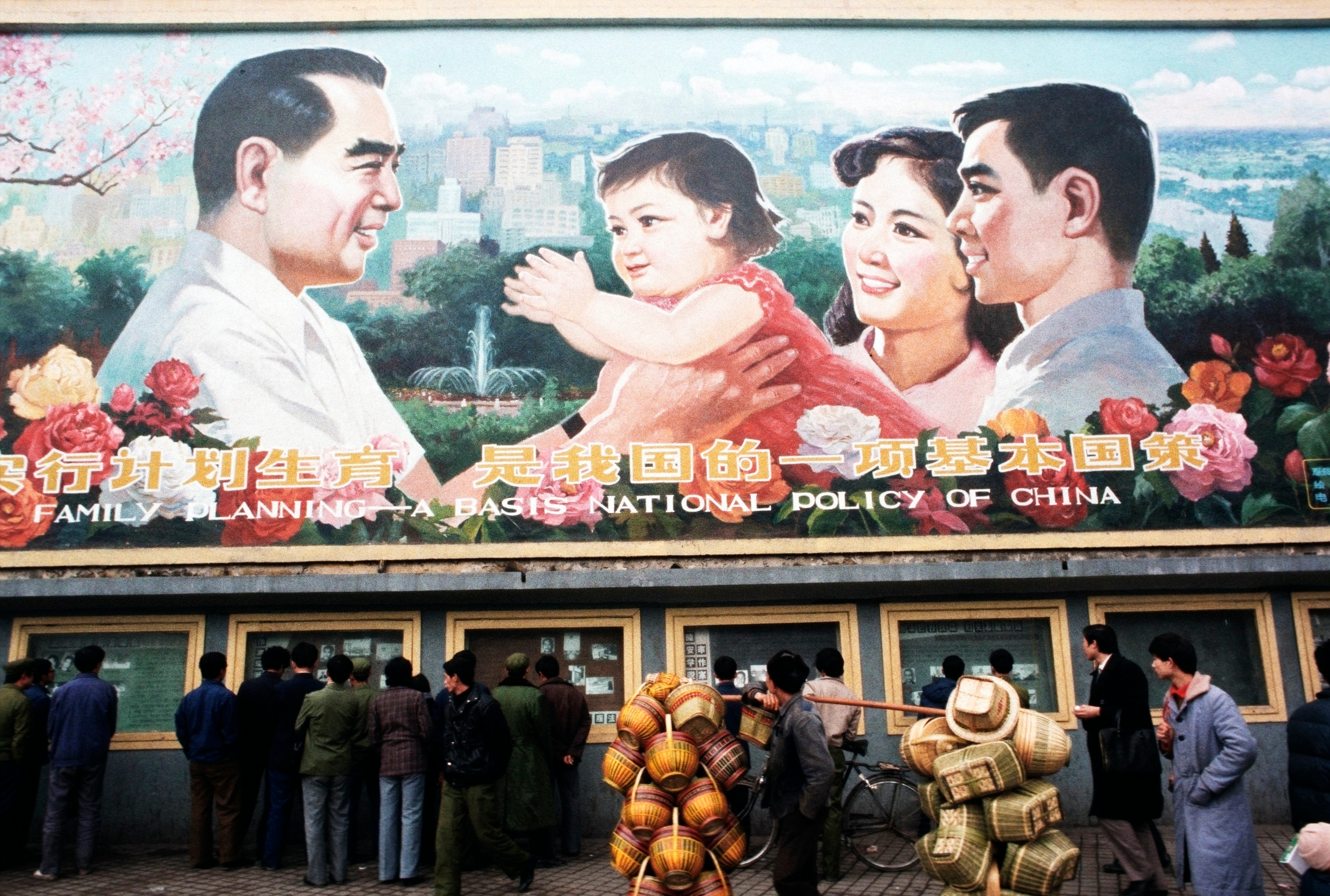Years after my mother and I left China, I found out the real reason why. A neighbour had reported my mother for being pregnant with her second child. She was paid a visit by local officials who gave her a choice: she could either take herself to the abortion clinic or they’d take her there themselves. She chose a third option: to move to London to join her husband, who was working in the UK. In August 2004, when six months pregnant, she left her family and friends behind in Nanjing. My brother was born later that year in Kingston Hospital.
Other families weren’t so lucky. Beijing demographers were concerned that food production would not keep up with population growth. And it wasn’t just the Chinese who were worried. The West was fixated on the world’s ‘population bomb’ and China was seen as being at the epicentre of it. When Deng Xiaoping introduced the one-child policy in 1980, the Washington Post congratulated him for averting catastrophe.
Now, though, there’s a new panic. In 1970, the average Chinese woman had six children; today she has 1.3, way below the 2.1 needed for population replacement. Before long, perhaps in this decade, China’s population is expected to peak, then enter permanent decline. Beijing has realised its consumption-led, labour-fuelled economic growth is at risk of becoming a thing of the past.
This is why the one-child policy was abolished five years ago, with the allowance increasing to two. But the birth rate has remained stubbornly low. Last year, the number of new births was at the lowest level since the Great Famine in 1961. This week, Beijing announced married couples are now permitted to have three children.










Comments
Join the debate for just £1 a month
Be part of the conversation with other Spectator readers by getting your first three months for £3.
UNLOCK ACCESS Just £1 a monthAlready a subscriber? Log in